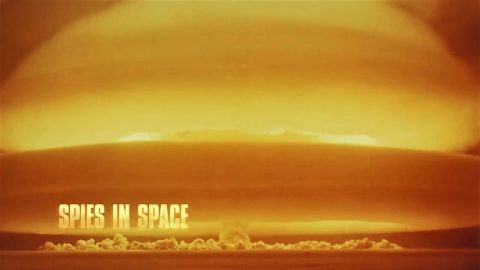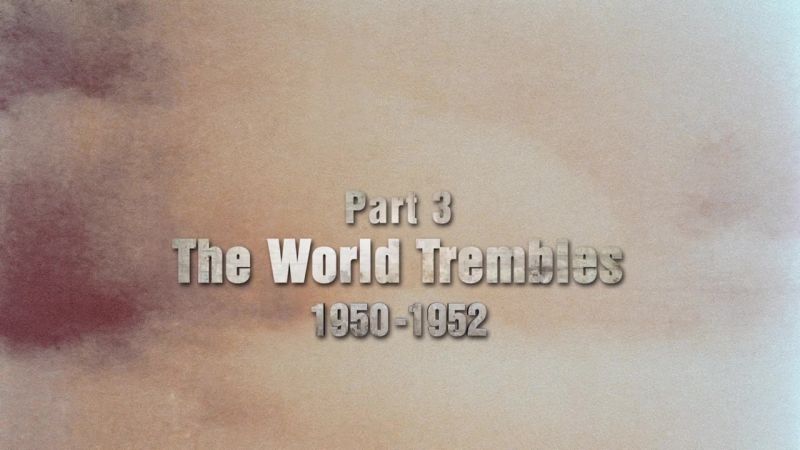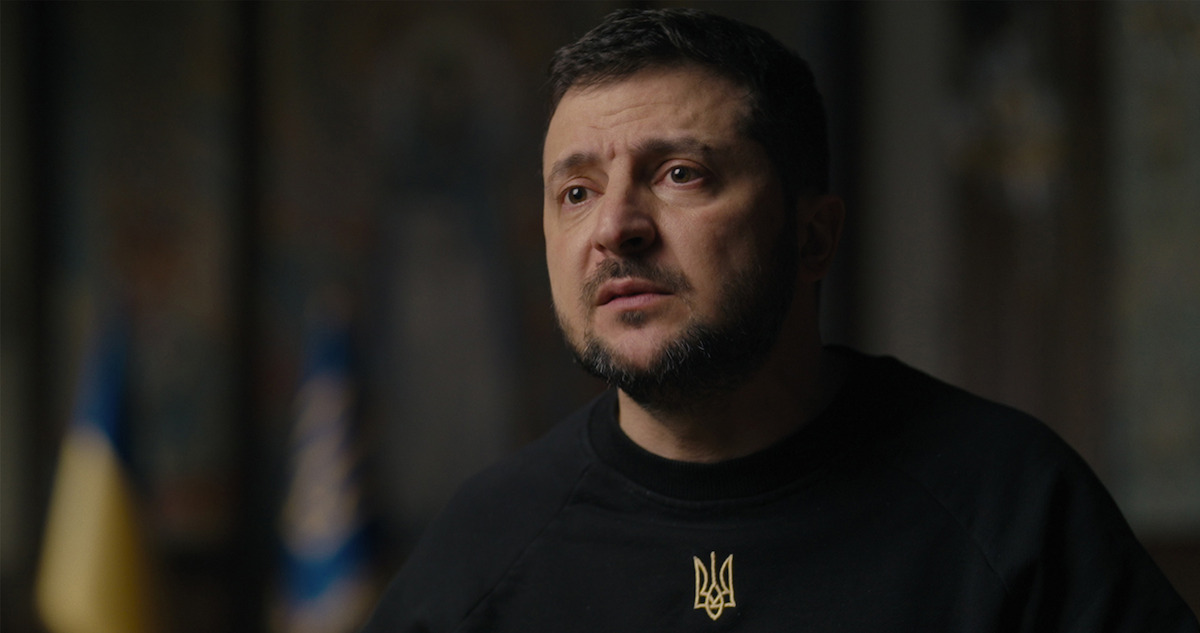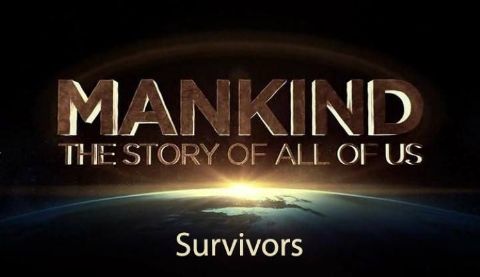Stasi: East Germanys Secret Police • 2007
"Had the party given me orders, maybe East Germany would still exist today. You can count on that." (Erich Mielke, Minister of State Security from 1957-1989) An informative and chilling account of the history of the notorious East German secret police, the Stasi. Up to 90,000 full-time employees and more than 180,000 unofficial informants work for the Ministry for State Security of the GDR, and about one in 50 adults in East Germany collaborated with East Germany's Secret Police. Relative to population, it was the largest secret service in the history of mankind. Headed by the sinister Erich Mielke, the Stasi kept the East German population under constant surveillance. The Stasi - just another intelligence agency, in just another country? "Shield and Sword of the Party" is what the Stasi calls itself. The Party dictatorship never dares to face its opponents. Instead, the Stasi has to keep all dissenting opinions under control. The goal is total total surveillance. In addition to the state security, the "Stasi" is responsible for foreign intelligence and counter-espionage, personal and property protection, border and passport controls. As the party's shield and sword, the MfS is supposed to keep all enemies of the state under control. "Die Firma: Stasi" takes a look at the extent of Stasi work and shows the omnipresence of state security - from the enormous headquarters of the Ministry in Berlin through district administrations, local offices, detention facilities, prisons, disguised isolation camps, hidden bunkers, reconnaissance planes, eavesdropping stations to the secret execution site of the GDR. Through tapping phones, reading mail, and installing informers they created an insidious culture of fear and suspicion. This definitive doc reveals the calculated cruelty and brutal repression committed by East Germany's most infamous organization.
Make a donation
Buy a brother a hot coffee? Or a cold beer?
Hope you're finding these documentaries fascinating and eye-opening. It's just me, working hard behind the scenes to bring you this enriching content.
Running and maintaining a website like this takes time and resources. That's why I'm reaching out to you. If you appreciate what I do and would like to support my efforts, would you consider "buying me a coffee"?
Donation addresses
BTC: bc1q8ldskxh4x9qnddhcrgcun8rtvddeldm2a07r2v
ETH: 0x5CCAAA1afc5c5D814129d99277dDb5A979672116
With your donation through , you can show your appreciation and help me keep this project going. Every contribution, no matter how small, makes a significant impact. It goes directly towards covering server costs.





